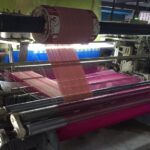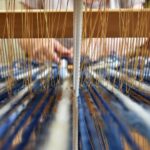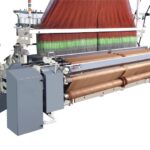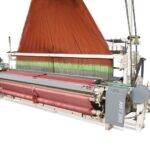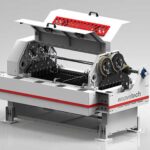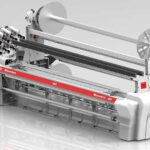How To Select Rapier Machine For Your Manufacturing Unit?
How To Select Rapier Machine For Your Manufacturing Unit?
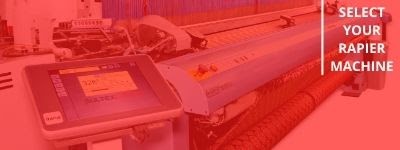
We have seen earlier that there are different types of rapiers, developed from time to time, according to the fabric demand to be effectively produced on them.
Rigid rapier mechanism is the most sturdy and still in use & required to weave a very heavy fabric like carpets & tapestries, whose base fabric is made of jute or very heavy count spun yarn.
Flexible rapiers are developed to be used to produce medium & fine range of fabrics which includes sarees, dress material, shirting & suiting, etc.
As time went by, they felt the necessity to increase the speed of rapiers. So crank rapier technology of 250 RPM got uplifted to cam rapier technology which could achieve speeds of 600 to 700 RPM.
Simultaneously inventions took place to produce from plain weave fabric to Twill, Satin, Dobby designs & jacquard design fabrics with the help of additional mechanism fitted on the loom.
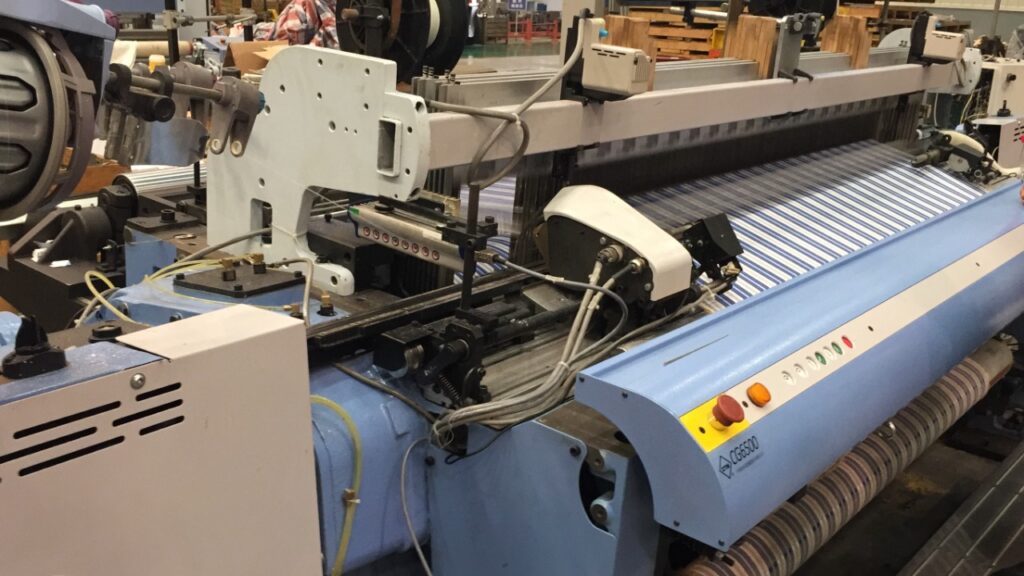
Among all the inventions of shuttle & shuttle-less looms ( like shuttle-change, projectile, waterjet, airjet ), Rapier proved to be the most versatile weaving machine which has practically no limitations as far as type of yarn ( synthetic or spun ), range of denier/count, weight of fabric, etc are concerned.
One has to carefully select the suitable rapier loom taking into consideration the wide range of fabrics he wants to produce on it.
As there is a market trend of jacquard fabrics for the past few years, let us assess what fabric manufacturers expect from these high speed jacquard rapier looms. So to weave different fabrics on the same loom, the loom must be equipped with exclusive features.
Let us see which Rapier Jacquard loom fulfils our demand. –
1) whether it will give a range of EPI. ( SULTEX gives max density fabric ).
2) whether it will give a range of PPI. ( SULTEX has the capacity to produce the highest density pick-wise ).
3) will it have any limitations on denier or count range. ( Practically no limitation on SULTEX ).
4) Will it be suitable for running twisted & flat “jari”. ( Flat jari is more successful on SULTEX ).
5) is it possible to insert 2 picks simultaneously in the same shed during running. ( Yes, SULTEX can ).
6) Will it be possible to have cramming thru electronic panels? ( Again, Yes with SULTEX ).
7) what will be the life of the loom. ( SULTEX has been used for more than 25 years ).
8) is it backed by quality service personnel. ( WEAVETCH has trained personnel to attend every problem ).
9) what reputation it carries as far as the brand is concerned. ( SULTEX is a very old European brand ).
10) What is the presence of a brand across the globe? ( SULTEX is found in every textile corner of the world ).
The answers will decide whether the Rapier is reliable & “to my advantage” or not.
When an investment in rapier projects is done, it should be done with a vision of next 10 to 15 years.
A rapier loom must never say NO to any fabric which a manufacturer wants to produce on it. No one knows what will be the market demand; and how & when it will shift its focus from one type of fabric to the other, from designer jacquard sarees to dress material, dupattas, upholstery, curtain fabrics, etc.
For more information and live demo of SULTEX, you can reach out to us.

